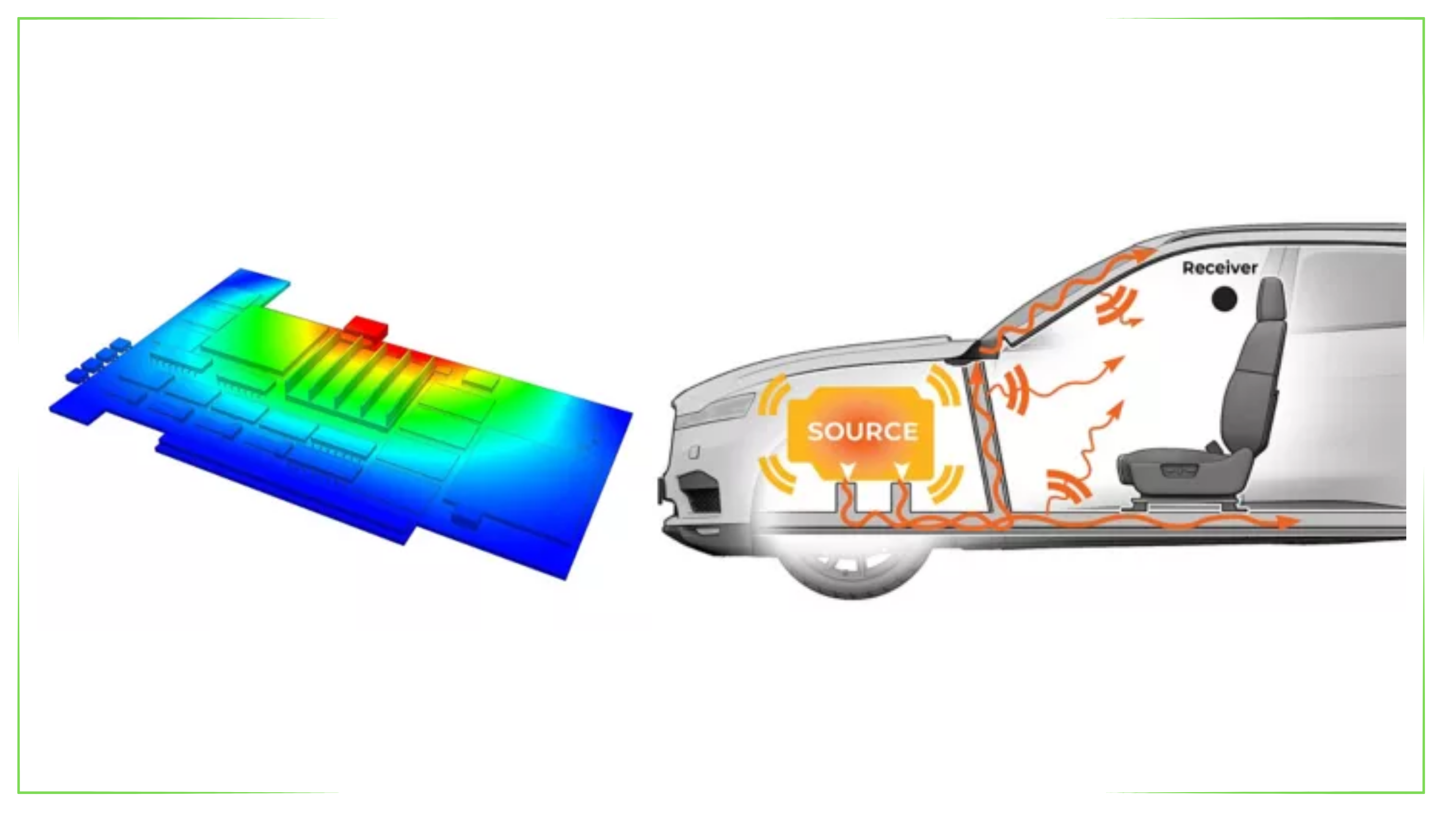Vibration Analysis
Vibrations are a major problem in the engineering world and can have devastating effects on buildings, bridges, machinery and other structures. Vibration analysis is a powerful tool used to predict and prevent these harmful effects.
Vibration analysis uses mathematical models and computer simulations to study how structures respond to vibrations. Through these analyses, the natural frequencies, mode shapes and resistance to vibrations of structures can be determined.
Types of Vibration Analysis:
Modal Analysis: This type of analysis is used to find the natural frequencies and mode shapes of a structure. Natural frequencies are the frequencies at which the structure is most sensitive to vibrations. Mode shapes are mathematical models that show how the structure deforms when it vibrates.
Harmonic Analysis: This type of analysis is used to find the behavior of a structure as a result of harmonic loads varying in steady state. Harmonic loads are loads that repeat over time and have a constant frequency.
Spectrum Analysis: This type of analysis is used to examine the response of structures subjected to dynamic loads such as earthquakes. Spectrum analysis creates a graph showing how the structure will respond to all frequencies in a given frequency range.
Random Vibration Analysis: This type of analysis is used to study how structures respond to random vibrations. Random vibrations are vibrations that are unpredictable and have variable frequencies.
Benefits of Vibration Analysis:
Helps design safer and more durable structures.
Helps to predict structural failures.
Helps reduce repair and maintenance costs.
Helps design more comfortable and quieter buildings.
Usage Areas of Vibration Analysis:
Buildings: Design of buildings subjected to dynamic loads such as earthquakes, wind and human loads.
Bridges: Design of bridges subjected to dynamic loads such as vehicle loads, wind and earthquakes.
Machines: Vibration analysis of engines, pumps and other machines.
Airplanes and spacecraft: Vibration analysis of aerospace vehicles such as airframes, wings and engines.
